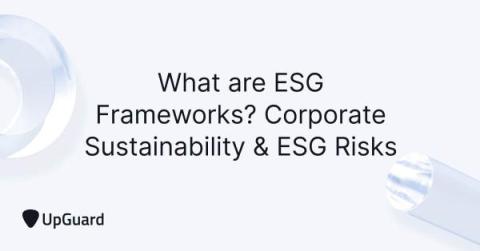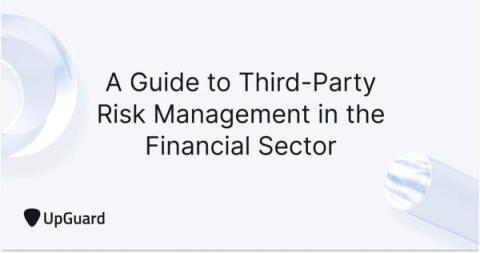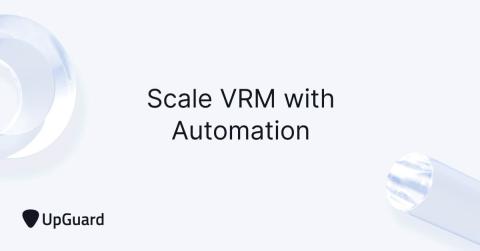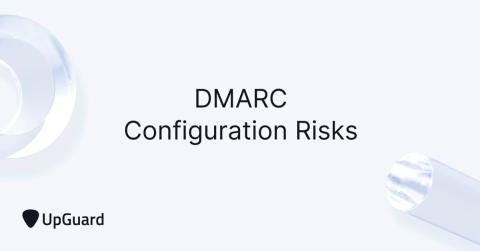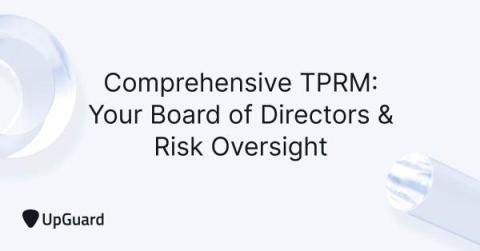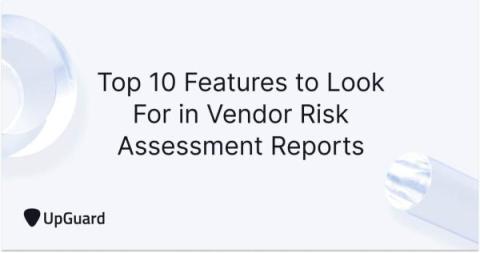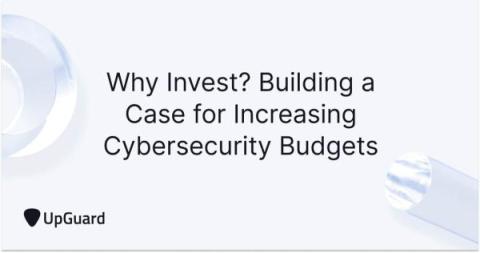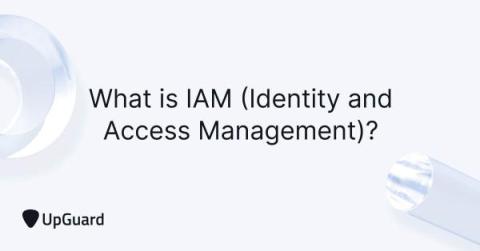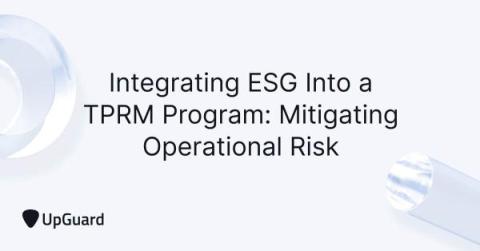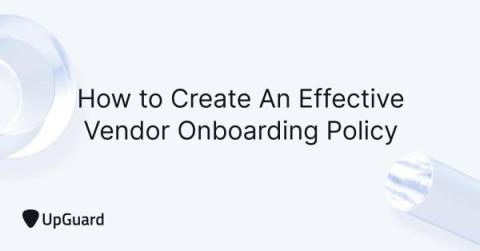What are ESG Frameworks? Corporate Sustainability & ESG Risks
ESG frameworks are guidelines, metrics, and criteria that allow companies and investors to develop sustainability reporting standards and evaluate environmental, social, and governance risks. Common ESG frameworks include the Global Reporting Initiative (GRI), Carbon Disclosure Project (CDP), and Task Force on Climate-Related Financial Disclosures (TCFD). Over the last decade, ESG performance has become an important metric to evaluate an organization’s operational sustainability.


